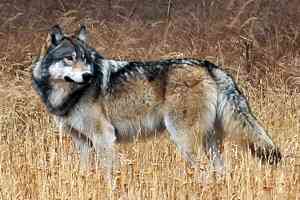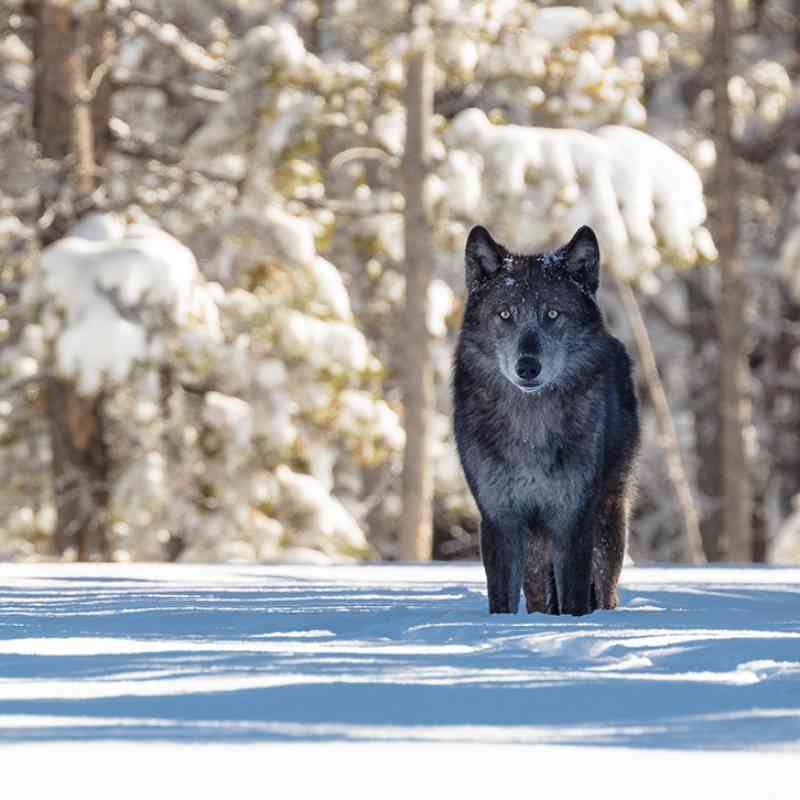With wolves no longer protected, western states move forward with hunting plans
Wolves in the West fan some people’s passions and fuel other people’s rage. The one thing they can’t seem to do is stay out of the crosshairs.
After Congress passed a budget bill last spring that stripped federal protections for wolves in the Northern Rockies, Idaho and Montana began planning fall wolf hunts to begin as this issue went to press.
The U.S. Fish and Wildlife Service approved wolf-management plans for Idaho and Montana, and Idaho’s sets no hunting limit in much of the state. There, where the 2010 wolf population stood at about 700, hunters can now pick off as many wolves as they want seven months of the year as long as at least 150 remain in the state.
Idaho’s wolf management plan takes another unparalleled step. It allows wolf trapping and snaring—up to three per person—in the Lower 48 for the first time in modern history. Leg-hold traps clamp down on a wolf’s foot, holding the animal until someone comes to shoot it—unless the trap isn’t checked for days. Then the animal will die a slow painful death from heat exhaustion or hypothermia. Snares work to snag a wolf’s head and then asphyxiate the animal as it tries to struggle free. “The plan allows the traps to go unchecked for three days, virtually guaranteeing wolves—and other nontarget species like endangered wolverines and even domestic dogs—will die in these devices,” says Suzanne Stone, Defenders’ Northern Rockies representative.
In Montana, where the wolf population is 550, 40 percent of the population is now targeted for a three-month hunting season beginning October 22. Although Montana’s plan is more moderate and scientifically managed and monitored, Defenders believes that if hunters take that percentage the population may become fragmented. “Fragmentation puts wolves at greater risk for disease outbreaks and reduces the important ecological impact they have on the land,” says Stone.
Eager to start killing more wolves as well, Wyoming officials reached an agreement with the Interior Department in August to allow the state to let anyone shoot wolves on sight—no license needed—across much of the state for nearly the entire year—including into denning season while wolves are trying to raise their pups. Wyoming wolves, whose numbers stand at only 350, would have a slight reprieve only in a small pocket near Yellowstone National Park. There wolves would be labeled “trophies” not “predators” and the trigger-puller would need a license in hand.
“The killing of pregnant females and newborn pups on our national forests could seriously harm the long-term viability of the population and affect biodiversity on our public lands,” says Stone. “These plans are overly aggressive and they could seriously undermine the decades of hard work spent restoring wolves to these states. Under these guidelines, the fall wolf hunt could result in the loss of hundreds of wolves, potentially crippling the ecological function of wolves in their native habitat—most of which is on our public lands.”
Like other top predators, wolves ensure that prey species like deer and elk don’t grow too abundant. When wolves were absent from the West for nearly half a century—after the federal government’s relentless predator-control program undertaken on behalf of ranchers—grazing deer and elk decimated plant species. Only after the wolf returned in the mid 1990s did the willows, cottonwood and aspen begin to recover.
Allowing potentially hundreds of wolves to be killed near border regions could also significantly impair dispersal of wolves into Oregon and Washington, where populations are just starting to take hold. And Wyoming’s shoot-on-sight plan could prevent wolves from ever finding their way back into Colorado, a state badly in need of its historic top carnivore to help repair native ecosystems.
Only select articles from Defenders are available online. To receive 4 issues annually of the full award-winning magazine, become a member of Defenders of Wildlife!
Related



